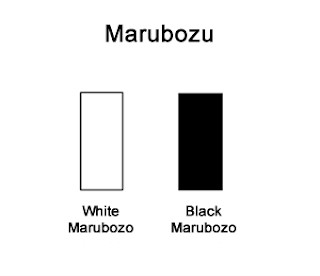Broadening Wedges, Descending
Ranks:
Upward Breakouts: Bull Market – 12/23, Bear Market – 14/19
Downward Breakouts: Bull Market – 11/21, Bear Market – 6/21
Identification:
Shape: Looks like a megaphone tilted down. Both TLs slope downward with the LTL having a steeper slope. They broaden out over time and neither is horizontal.
Breakout: Look for patterns to break out in the direction of the current trend.
Partial Decline: Price must touch the TTL, move down, turn around, and head higher without coming close to the LTL. Look for an upward breakout.
Confirmation: Wait for prices to close beyond the TLs before placing a trade.
Trade the TLs: If the formation is especially broad, buy the LTL and sell at the top. If it is a partial rise, close the position and look for a downward breakout. Alternatively, sell short at the TTL once prices are heading down, and close the position if it rebounds off the LTL.
For Best Performance
• Trade with the trend: Select patterns with upward breakouts in a bull market, downward breakout in a bear market.
• Patterns in a bull market with an upward breakout have the lowest failure rates for extended moves.
• Bull markets throw back/pull back less often than do bear markets.
• Breakout day gaps help performance.
• A partial decline in a bull market correctly predicts an upward breakout
87% of the time and performance improves, too.
• In a bear market, look for a trend change 5 or 6 weeks after the breakout,
7 weeks in a bull market.
• Select patterns that are both tall and narrow. Avoid those that are short and wide.
• Patterns with a falling volume trend perform best when the breakout is upward. A rising volume trend does well for downward breakouts.














